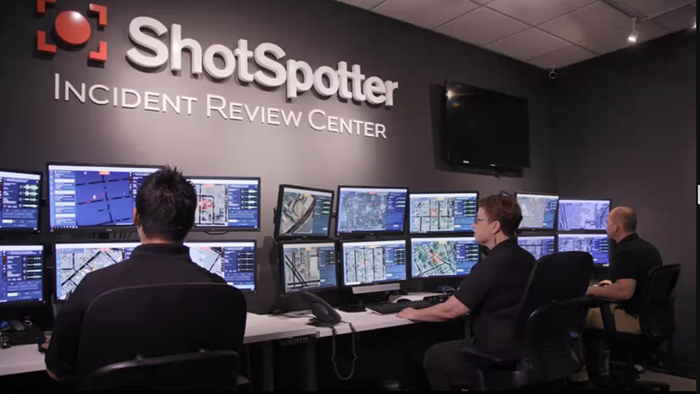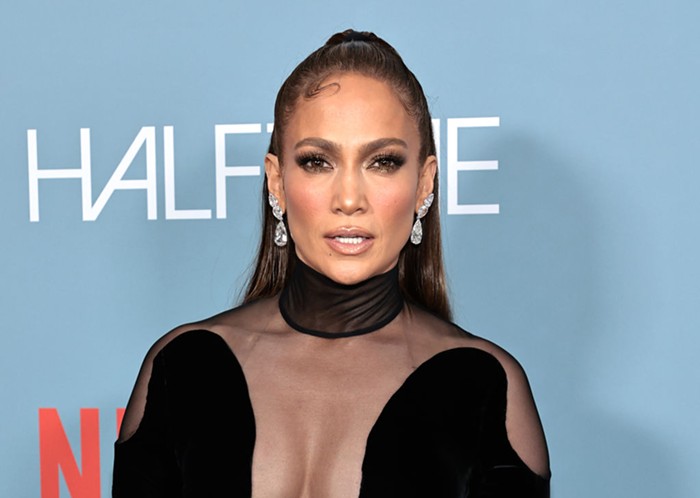Guillermo del Toro's Pacific Rim starts screening tonight—my review is here, and showtimes are here. On one hand, del Toro's latest is a massive, epic blockbuster that reminds you how great and fun movies like this can be; on the other, like much of del Toro’s work, it's steeped in character and mythology. In this case, much of that mythology comes from Japan—there's a big anime influence, but the film's particularly indebted to kaiju flicks like Godzilla. To offer some background on the kaiju genre, I asked Kyle Yount of the podcast KaijuCast (“dediated to Godzilla and all of his rubber-suited foes”) for his top five films to watch before—or after—Pacific Rim. —Erik
Pacific Rim features giant robots battling giant monsters called “kaiju.” This isn’t just a classification made up for the film—it’s a Japanese word meaning “strange beast” or, as fans often equate, "monster." The kaiju genre has a nearly 60-year history of entertaining audiences across the world with over 70 films from various Japanese studios such as Toho, Daiei, and Nikkatsu.
The first giant monster movie was the stop-motion animated King Kong. It was certainly influential to the world of kaiju, but Japanese filmmakers decided that they needed a different method of delivering their monsters. Stunt actors in rubber suits became the titular characters and villains of Japan’s most popular film catalog.
While billed in America alongside B-movies such as Teenagers From Outer Space and Island of the Burning Damned, in Japan these pictures were big-budget spectacles. The techniques used in these movies are extremely dated by today’s standards—but at the time of their production, they were unquestionably innovative, making a massive impact on filmmakers across the globe.
Though they’re often dismissed by today’s public, directors like del Toro recognize the mastery of this genre. If Pacific Rim makes you want to understand where his (and my) fascination comes from, check out the following films.
Gojira (1954, dir. Ishiro Honda)—In addition to being the “King of the Monsters," Godzilla is the original kaiju. A nuclear detonation awakens a giant monster who slowly makes its way to Tokyo, destroying everything in its path. Toho Company’s seminal film is shot in black and white, and the American version (retitled Godzilla King of the Monsters) features Raymond Burr doing his best to relay the tale to an American audience. While the US version is good in a '50s-monster-on-the-loose kind of way, the original Japanese Gojira is downright somber. If you allow yourself to be swept up in the slow, plodding terror of this giant, radioactive dinosaur, the film really works as a horror movie.

- GODZILLA AGAINST MECHAGODZILLA "Arrrgh! Let's do this!" —Godzilla
Godzilla Against Mechagodzilla (2002, dir. Masaaki Tezuka)—In an effort to prepare for an inevitable Godzilla attack, the Japanese government builds the ultimate weapon to defend themselves from the King of the Monsters: A ROBOTIC GODZILLA. But once the big guy shows up, something goes horribly wrong and their weapon TURNS ON ITS MAKERS. This is the third film in the entire franchise that's essentially titled “Godzilla vs. Mechagodzilla," and while each entry has its merits, it's the 2002 one that showcases a good blend of CGI and practical effects while not getting bogged down in character development.
Destroy All Monsters (1968, dir. Ishiro Honda)—When an alien invasion uses the earth’s monsters to attack the major cities of the world, the United Nations must find out how to regain control of the giant beasts. True to its name, this movie has just about every monster in the Toho roster. The story itself is a bit campy, but the special effects are fantastic for the time period: the coordination of all of the monster suits and wirework is really impressive. The real treat in this film is seeing the monster cast duking it out in a giant brawl at the base of Mt. Fuji.
Gamera 2: Advent of Legion (1996, dir. Shusuke Kaneko)—The second film in this '90s trilogy pits giant turtle Gamera against an insectoid species that wants to use the earth as a breeding ground. But will the flying, fire-breathing turtle be able to fend off these alien attackers alone? This trilogy is a highlight for the entire kaiju genre: the special effects are fantastic, the story and characters are engaging, and the attention to detail, from the miniatures to the camerawork, is unparalleled. While the final battle does suffer from a bit too much of "bet you didn’t expect this!", that drawback is minor compared to the huge entertainment factor.
Godzilla, Mothra and King Ghidorah: Giant Monsters All-Out Attack (2001, dir. Shusuke Kaneko)—Thought long-dead and gone forever, Godzilla reemerges after almost 50 years—and the Japanese military is, predictably, ill-prepared for his appearance. In other parts of Japan, an ancient trio of giant monsters awakens to stop Godzilla from decimating the country. But will humanity welcome this unorthodox assistance? Directed by the same visionary behind the ’90s Gamera trilogy, Giant Monsters All-Out Attack treats the subject matter of giant monsters quite seriously, but still manages to have fun. The end result? One of the most satisfying entries in the entire franchise.























